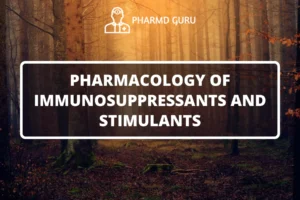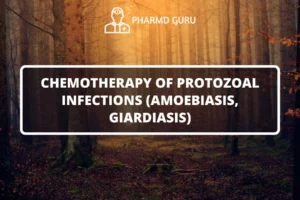Thrombolytics and antiplatelet agents are important classes of drugs used in the management of various cardiovascular disorders. These medications act on the blood and blood-forming agents to prevent or dissolve blood clots and reduce the risk of thrombotic events. In this article, we will explore the pharmacology of thrombolytics and antiplatelet agents, including their mechanisms of action, clinical applications, and potential side effects.
SCROLL DOWN TO THE BOTTOM OF THIS PAGE FOR ACTUAL NOTES.
Thrombolytics (Fibrinolytics)
Thrombolytics are a class of drugs that promote the dissolution of blood clots by activating the fibrinolytic system. They work by enhancing the conversion of plasminogen to plasmin, an enzyme responsible for breaking down fibrin, the main component of blood clots. Commonly used thrombolytics include tissue plasminogen activator (tPA) and streptokinase.
These medications are primarily used in the treatment of acute ischemic stroke, acute myocardial infarction (heart attack), and pulmonary embolism. By rapidly dissolving blood clots, thrombolytics help to restore blood flow and reduce tissue damage. However, they are associated with an increased risk of bleeding complications and must be used with caution.
Antiplatelet Agents
Antiplatelet agents are drugs that inhibit platelet aggregation, the process by which platelets clump together to form blood clots. They work through different mechanisms to prevent platelet activation and aggregation. Commonly used antiplatelet agents include aspirin, clopidogrel, and prasugrel.
These medications have various clinical applications, including the prevention of arterial thrombosis, such as in patients with a history of myocardial infarction or ischemic stroke. They are also used in patients with certain cardiovascular conditions, such as coronary artery disease and peripheral artery disease, to reduce the risk of clot formation and associated complications.
Combination Therapy
In some cases, thrombolytics and antiplatelet agents may be used together, particularly in acute situations where rapid clot dissolution and prevention of further clot formation are necessary. This combination therapy can be beneficial in conditions such as ST-segment elevation myocardial infarction (STEMI), where thrombolytics are used to dissolve the existing clot, followed by antiplatelet agents to prevent re-occlusion.
Side Effects and Precautions
Both thrombolytics and antiplatelet agents carry a risk of bleeding complications. The use of these medications requires careful patient selection and monitoring. Patients with a history of bleeding disorders, recent surgery, or active bleeding should be evaluated carefully before initiating therapy.
It is important for healthcare providers to assess the individual patient’s risk factors, benefits, and potential contraindications when considering the use of thrombolytics or antiplatelet agents. Regular monitoring of coagulation parameters and platelet function tests may be necessary to ensure optimal dosing and minimize the risk of adverse events.
ACTUAL NOTES:




